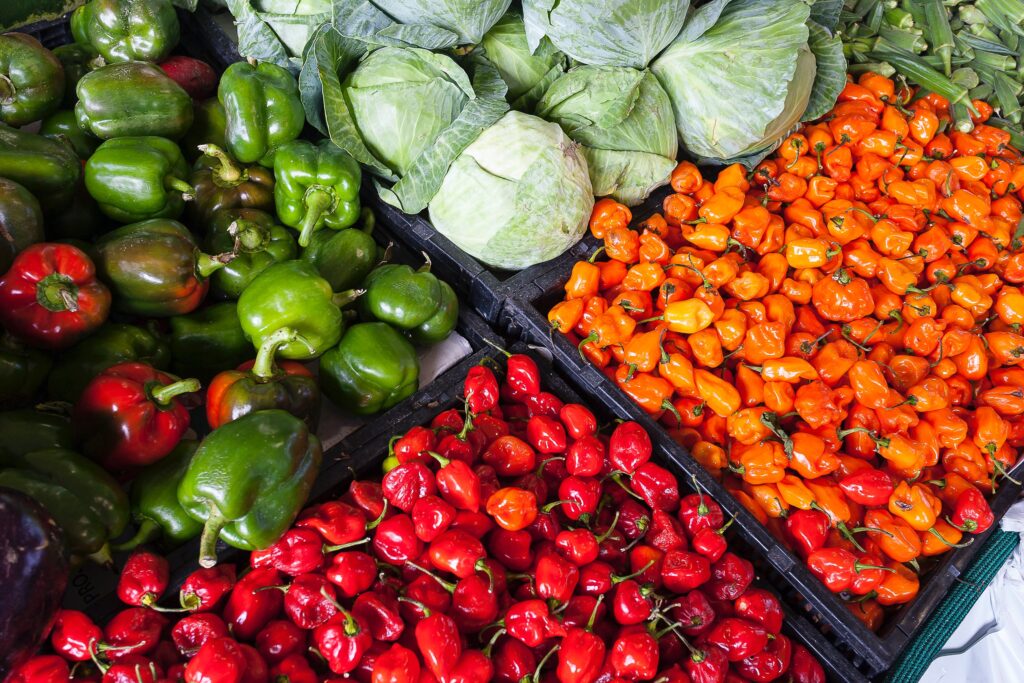Snake plants, also known as Sansevieria, are popular indoor plants that are generally considered safe for cats. While the plant is not toxic to cats, ingesting large amounts of it can cause gastrointestinal upset, such as vomiting or diarrhea.
If a cat licks a snake plant, it is unlikely to cause any significant harm, as the cat will likely only ingest a small amount of the plant’s leaves. However, it’s still a good idea to monitor the cat for any signs of gastrointestinal distress.
If you suspect that your cat has ingested a large amount of snake plant or any other plant, it’s best to contact your veterinarian for advice. They can help you determine if your cat needs medical attention and provide guidance on how to prevent your cat from ingesting potentially harmful plants in the future.
snake plants are generally safe for cats, and if a cat licks or ingests a small amount of the plant, it is unlikely to cause any significant harm. However, if a cat ingests a larger amount of the plant, it can cause gastrointestinal upset.
Some of the symptoms of gastrointestinal upset that a cat may experience after ingesting a large amount of snake plant include:
- Vomiting
- Diarrhea
- Loss of appetite
- Lethargy
- Dehydration
If you notice any of these symptoms in your cat after they have been exposed to snake plants, it is best to contact your veterinarian. They can provide further advice and may recommend bringing your cat in for an examination.
It’s also important to note that while snake plants are generally considered safe for cats, there are many other indoor plants that can be toxic to cats. Some common examples include lilies, azaleas, and pothos. If you have indoor plants and a cat, it’s a good idea to research each plant to ensure that they are safe for your pet.

What to do if your cat eats a snake plant
If your cat eats a snake plant, it is important to assess how much of the plant they have ingested and monitor them for any signs of gastrointestinal upset.
If your cat has only ingested a small amount of the plant, they are unlikely to experience any significant symptoms. However, it’s still a good idea to monitor your cat for the next 24-48 hours for any signs of vomiting or diarrhea.
If your cat has ingested a larger amount of the plant or is showing any signs of gastrointestinal upset, it’s important to contact your veterinarian for advice. They may recommend bringing your cat in for an examination, as well as treatments to help relieve any symptoms.
It’s also a good idea to remove the snake plant from your cat’s environment to prevent any further ingestion. If you have other indoor plants, it’s a good idea to ensure they are all safe for your cat and remove any that are not.
In general, it’s best to be proactive in preventing your cat from ingesting potentially harmful plants by keeping them out of reach or using deterrents such as bitter sprays. If you have any concerns about your cat’s health, it’s always best to contact your veterinarian for advice.
How to keep plants safe from house cat
Cats are curious animals, and many love to explore their surroundings, including houseplants. Unfortunately, some houseplants can be toxic to cats and can cause serious health problems if ingested.
Here are some tips for keeping plants safe from house cats:
- Choose cat-safe plants: Research plants before purchasing them to ensure they are safe for cats. Some examples of cat-safe plants include spider plants, bamboo, and African violets.
- Place plants out of reach: Keep plants on high shelves or in hanging baskets where cats can’t reach them. Be sure to secure plants to prevent them from falling and causing injury to your cat.
- Provide alternative plants: Provide your cat with an alternative plant to chew on, such as catnip or cat grass. This can help satisfy their natural curiosity and reduce their interest in other plants.
- Use deterrents: Spraying plants with a bitter-tasting deterrent can discourage cats from chewing on them. You can also place double-sided tape or aluminum foil around the base of the plant, as cats generally dislike the texture.
- Supervise your cat: Supervise your cat when they are around plants to ensure they don’t chew on them. If you notice your cat showing a lot of interest in a particular plant, it may be best to move it out of reach.
By following these tips, you can help keep your plants safe from your house cat while ensuring your pet’s safety and well-being.
How to keep plants out of reach of cats
Keeping plants out of reach of cats is important to prevent them from chewing on or ingesting potentially harmful plants. Here are some tips to keep plants out of reach of cats:
- Use high shelves: Place plants on high shelves or bookcases that are out of reach of cats. Make sure the shelves are sturdy and can support the weight of the plants.
- Hang plants: Hang plants in baskets from the ceiling or wall where cats cannot reach them. Make sure the baskets are securely attached and cannot fall.
- Place plants in a designated room: If you have a room that your cat is not allowed in, consider placing plants in that room. This can help keep them out of reach of your cat.
- Use barriers: Place barriers around plants to prevent cats from getting to them. You can use baby gates, fencing, or other barriers to keep cats away from plants.
- Keep plants in a closed room: If you are unable to keep plants out of reach of your cat, consider keeping them in a closed room with a door that your cat cannot open.
By using these tips, you can help keep your plants out of reach of cats and prevent them from chewing on or ingesting harmful plants. Remember, it’s important to research plants before bringing them into your home to ensure they are safe for your pets.







